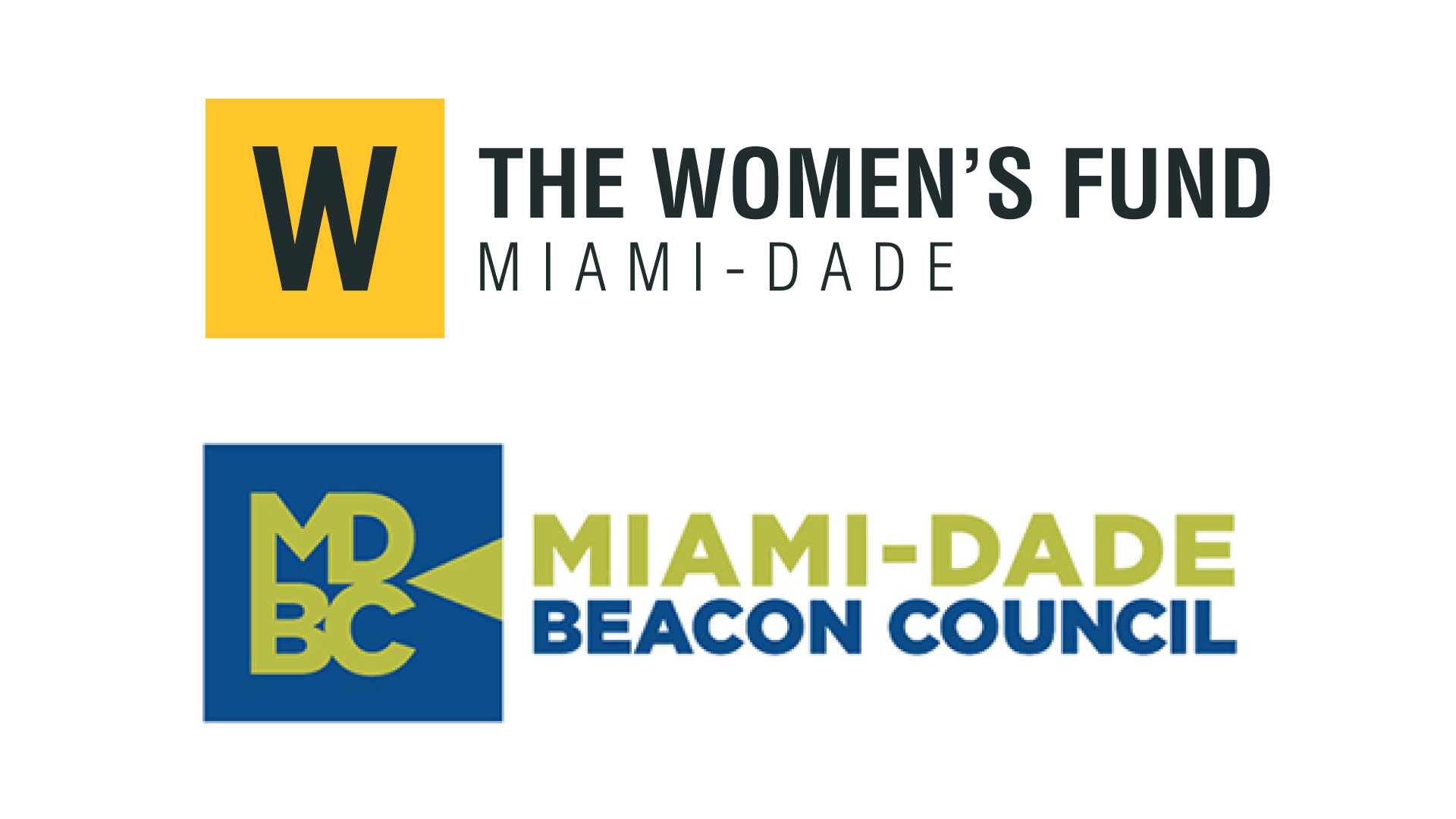Read the original story on the Miami Herald website here.
The gulf between what men and women earn in Miami-Dade County has grown significantly wider over the last few years, according to a newly launched Gender Equity Dashboard created by the Miami-Dade Women’s Fund.
In 2016, the median salary for women in Miami-Dade was 13% lower than that for men, but by 2019 the gap had jumped to 19%, according to the dashboard.
The concerning trend was identified by the Women’s Fund, which is breaking down statistics on gender at the local level on its dashboard, which examines the status of women and girls in Miami-Dade in terms of economic mobility, health and well-being, leadership and freedom from violence.
“People don’t know how many of the issues look at the local level,” said Arathi Ramappa, the vice chair of the Women’s Fund Board. “One problem we saw in Miami-Dade was the pay gap. Now we know the numbers, so we need to look at why did we go backwards there?”
While that gap is getting wider in Miami-Dade, the Pew Research Center found that the gender pay disparity has remained nearly unchanged nationally over the past 15 years, with women making 84 percent of what men take home.
While 2019 was the most recent year that local data was available, Ramappa expressed concern that the pandemic may have exacerbated the salary inequity and other areas where women are behind, like workforce participation. In 2019, 75% of women in the county participated in the labor force, compared with 83.7% of men.
“It’s concerning that the gender pay gap in Miami-Dade increased by 6%, that’s really significant, especially when salaries are already low and cost of living is going up,” said Enrique Esclusa, the co-founder of Assemble, a Miami-based tech startup that built software for companies to determine compensation more equally.
“Most organizations have no system for compensation in place and they rely on negotiating with candidates,” he added. “Men are more likely to negotiate than women and white men are more likely to negotiate than anyone else.” Esclusa said compensation based on negotiations doesn’t necessarily reflect the skills needed for a job and creates an environment where men tend to ascend faster than women into higher paying leadership roles.
Viviana Alvarado Pacheco, a senior research associate at the Miami-Dade Women’s Fund who spearheaded the dashboard project, said that simply getting the local data is an accomplishment in itself.
“Our goal is to first establish what are the differences between the status of men and women, in order to make sure that women are visible and people put on a gender lens when making decisions or policies,” she said. “Finding local data is extremely difficult, local data is hard to come by unless you’re doing it yourself.”
Within the four categories of data on the dashboard, users can click on the “economic mobility” tab to see data presented in charts and graphs on unemployment, poverty, labor force participation and earnings, all for Miami Dade.
Under “freedom from violence” people can access statistics on domestic violence incidents, human trafficking and sexual violence. The “health and well-being” category presents data on COVID-19 cases, life expectancy, insurance coverage, reproductive health and disabilities. And the “leadership” category shows female representation in elected positions like mayors and state legislators, as well as business ownership.
Pacheco said the Women’s Fund plans to expand its database to include more information about race and education levels. The Women’s Fund analyzed data down to the local level from sources like the American Community Survery & Economic Survey, the Florida Department of Law Enforcement and the Florida Department of Health.
Ramappa said one of the reasons for creating the dashboard is to encourage the new wave of tech and finance companies in Miami to think more about gender-inclusive policies and hiring.
“I love that tech is coming here but what happened in San Francisco with tech and the inequality gap was a problem, and we want to make sure these tech opportunities are going to be there for women, too,” she said. “
Tech is all about data and we didn’t have data about women and girls in Miami-Dade and the issues that are facing them specifically. We want to help identify what we need to be doing in our community and be able to come to the companies and say, invest in the community, here’s how.”
MORE DASHBOARD DATA:
- In 2019, 17.4% of women and girls in Miami-Dade were below the poverty line, vs. 13.6% of men and boys. ▪ More women rely on public health insurance: 35.5% of women have public health insurance, compared to 30.7% of men.
- n Miami-Dade, 61% of businesses are male-owned, compared to 23% that are female-owned. However, women-owned businesses increased by 13% from 2012-2019, slightly outpacing new male-owned businesses, which increased by 11%.
- Among leaders, 21% of mayors in the county are women and 25% of the county’s state legislators are women.
- Forcible sex offenses against women increased by 12% between 2010 and 2019.
- The number of reported human trafficking incidents nearly doubled, from 87 in 2011 to 198 in 2019.
- Domestic violence decreased significantly in the last decade, from 407.2 domestic violence incidents per 100,000 to 290.2 per 100,000.







